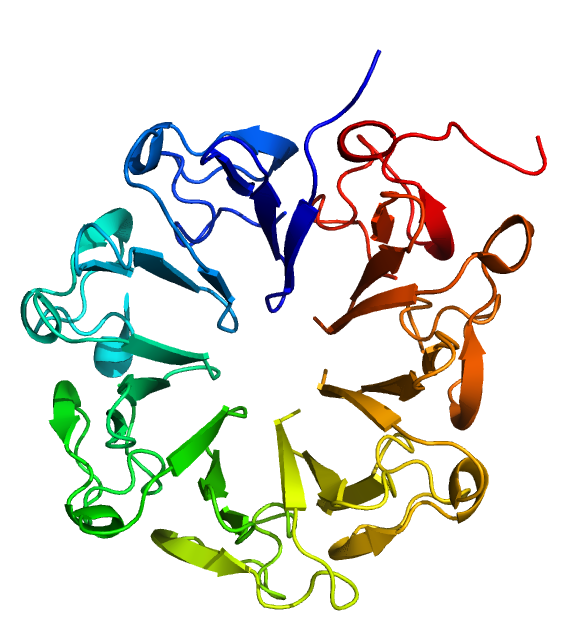I would assume its best to have a combination of UVA/B. Not just one, or the other. The sun has both. Also the damaging effects from UVB is the point. In some places in the Andes mountains, the UV level is as high, as it is on Mars.
Also I dont run the Solacure 12 hours. Its recommended 6 hours tops.
As in nature UVA/B is very low up until around 10am, and starts waning after 4PM. So I run no UVA/B the first 3 hours, run it 6 hours, and then it goes off the last 3, giving plenty of time to work with the plants with no UVA/B exposure.
I also run the Solacure from Seedling- Flowering. As soon as they come up, they see UVA/B.
Some of the best weed in the world comes from South America, where the UVB is extremely high.
Blazing World Record: Strongest UV Rays Measured in South America
On Dec. 29, 2003, a world-record
UV index of 43.3 was detected at Bolivia's Licancabur volcano. The UV index is used to forecast the strength of the sun's ultraviolet rays.
A radiation detector left on the 19,423-foot-tall (5,920 meters) peak picked up the extreme spike in
UV-B radiation during the Southern Hemisphere summer. A UV index of 43 is more similar to surface radiation on Mars than typical conditions on Earth, and the reading is well above the mid-20s routinely measured in the high Andes, said lead study author Nathalie Cabrol, a planetary scientist at the SETI Institute in Mountain View, California.
Earlier studies by Richard McKenzie, a scientist at the National Institute of Water and Atmospheric Research in New Zealand, also found that the high Andes in Peru, Bolivia, Chile and Argentina regularly hit UV index levels higher than 25.
During the NASA-funded project, Cabrol and her colleagues explored high-elevation lakes in the Andes for insight into how life evolves in extreme environments. Licancabur volcano's summit lake was probed for its similarities to
Gusev Crater on Mars, the landing site for NASA's Mars rover Spirit in 2004.
Because the team's primary goals were to look for Mars counterparts and weird life, such as the extremophiles that thrive in these harsh environments, they didn't realize their instruments had picked up a huge spike in UV levels until years after their fieldwork was complete. And, at first, the values were so high that they thought the UV data was the result of an instrument error, Cabrol said. But two dosimeters placed more than 6 miles (10 km) apart saw the same peaks at the same time, she said.
Cabrol said the team wanted to verify their observations with a return visit, to retrieve more monitoring data from Licancabur, but political instability in Bolivia prevented another trip.
Cabrol thinks a
UV monitoring program in the Andean countries, similar to those already in place in Australia and New Zealand, would shed more light on the extreme UV levels at high altitudes, and offer better protection to people living on the Altiplano.
Researchers at the University of Maryland used Westinghous FS40 blubs which have a 280nm-315nm range
Cannabis researchers in Maryland exposed pot plants to
ultraviolet radiation to see the reaction. And what they discovered is just amazing!
Thus, they discovered that a lot of UVB radiation allows
marijuana strains producing around 28% more
THC in the buds.
In attempting to understand more about the function of cannabinoids - scientists opened a simple way to raise its power. They started making an experiment on CBD hemp and
Jamaican marijuana to discover whether cannabinoids will increase. Thus, while
THC was high in the
Jamaican weed, the Czechoslovakian weed didn’t show more CBD.
As you can see, UVB radiation influence
THC production in a lot of ways. Moreover, UVB radiation increases
THC in strains that already express high
THC.
How to take advantage of the UVB effect?
UV light intensity increases significantly at higher altitudes; the best hash plants in the world are grown in mountains and high regions.
Special fluorescent light bulbs generate radiation similar to UV light, and were used in the study. Growers put the plants under 40W Westinghouse FS-40 Sunlamps 10 inches from the canopy.
FS 40 has a 280nm-315nm spectrum. This is also a T12 bulb.
According to the
National Weather Service, UV light increases “4-5% for every 1000 feet ascended.” This means going from Phoenix to the top of the San Francisco Peaks increases UV radiation by 50%!
- 280 nm to 315 nm
UVB – useful for curing, and medical applications
The UV-B photoreceptor UVR8: from structure to physiology
Journal Information
The Plant Cell is in its 19th year of publication. Within three years of its initial publication, it ranked first in impact among primary research journals in the plant sciences, a standard of excellence it has maintained ever since. The Plant Cell publishes novel research of special significance in plant biology, especially in the areas of cellular biology, molecular biology, genetics, development, and evolution. Articles provide new insight that is of broad interest to plant biologists, not only specialists.
Low doses of UV-B light (280 to 315 nm) elicit photomorphogenic responses in plants that modify biochemical composition, photosynthetic competence, morphogenesis, and defense. UV RESISTANCE LOCUS8 (UVR

mediates photomorphogenic responses to UV-B by regulating transcription of a set of target genes. UVR8 differs from other known photoreceptors in that it uses specific Trp amino acids instead of a prosthetic chromophore for light absorption during UV-B photoreception. Absorption of UV-B dissociates the UVR8 dimer into monomers, initiating signal transduction through interaction with CONSTITUTIVELY PHOTOMORPHOGENIC1. However, much remains to be learned about the physiological role of UVR8 and its interaction with other signaling pathways, the molecular mechanism of UVR8 photoreception, how the UVR8 protein initiates signaling, how it is regulated, and how UVR8 regulates transcription of its target genes.



